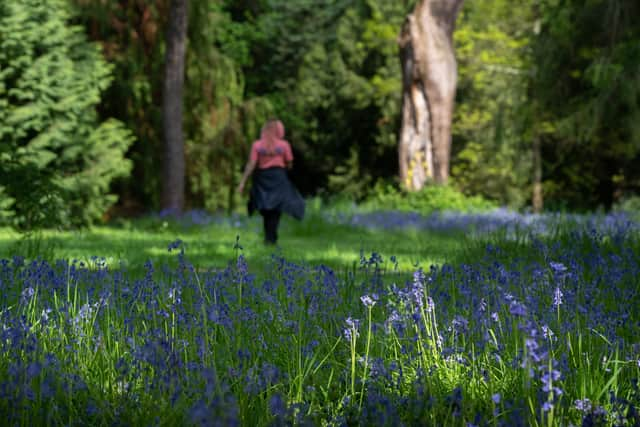Vanishing flowers: Kew Gardens study finds nearly half of all flowering plants at risk - with big impacts on medicine
and live on Freeview channel 276
Experts are calling for all newly-discovered plant species to be treated as threatened until proven otherwise, or humanity may end up “staring down the barrel” of losing half of its future medicines.
Researchers at the Royal Botanic Gardens, Kew, published a new report called State of the World’s Plants and Fungi on Tuesday (10 October), which found nearly half - or 45% according to the BBC - of the world's flowering plant species could be at risk of extinction. For species not yet described by science, they estimated as many as 77% of them could already be at risk.
Advertisement
Hide AdAdvertisement
Hide AdSome have died out in the time between when they were first discovered and when they were officially catalogued - an average of 16 years. Experts have warned this could also have grave impacts on human health in the future, with nine out of ten of our medicines derived from plants.


Conservation analyst Dr Matilda Brown told PA one of the driving forces behind new species going extinct was habitat loss, such as deforestation or building dams which flood river areas further upstream. Climate change was “certainly on the horizon”, she added, but it was much harder to measure it as a threat.
“We’re looking at over 100,000 species that are threatened – that’s more than the total number of species of mammals, birds, reptiles, fish, all of our vertebrates put together," Dr Brown said. “And when we consider that nine out of 10 of our medicines come from plants, what we’re potentially staring down the barrel of is losing up to half of all of our future medicines. So this isn’t just a big number if you’re a plant. It’s a big number in terms of potential impacts for humanity.”
Many newly described species were vulnerable to extinction because they were found in just one region, or in an area heavily used by humans. There are also “dark spots” across the Amazon, India, China, tropical Southeast Asia and parts of the Middle East, where conflict, difficult terrain or a lack of funding has made it difficult for botanists to explore and document plant life.
Advertisement
Hide AdAdvertisement
Hide AdOver 200 scientists from 102 institutions in 30 countries across the world contributed to Kew’s report, which includes the World Checklist of Vascular Plants, the most complete record of known plant species, containing over 350,000 names - with around 2,500 newly described species added each year. However, the list excludes fungi, with mycologists estimating there are around 2.5 million species worldwide - and just 155,000 catalogued so far.
Kew's science director Professor Alexandre Antonelli said he hoped their research would encourage policy makers to take plants and fungi into account as well as animals when choosing places to protect - as part of an international goal to protect 30% of the planet by 2030. "Because plants and fungi provide the cornerstone of all ecosystems of human life, we absolutely think that they have to be part of that process of identifying the 30 by 30 – the areas which are most important for plant and fungal diversity.”
Comment Guidelines
National World encourages reader discussion on our stories. User feedback, insights and back-and-forth exchanges add a rich layer of context to reporting. Please review our Community Guidelines before commenting.
